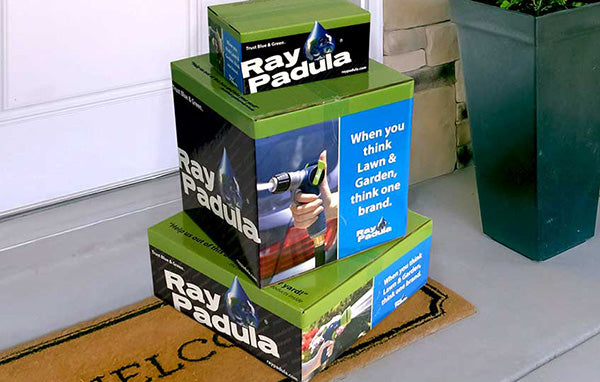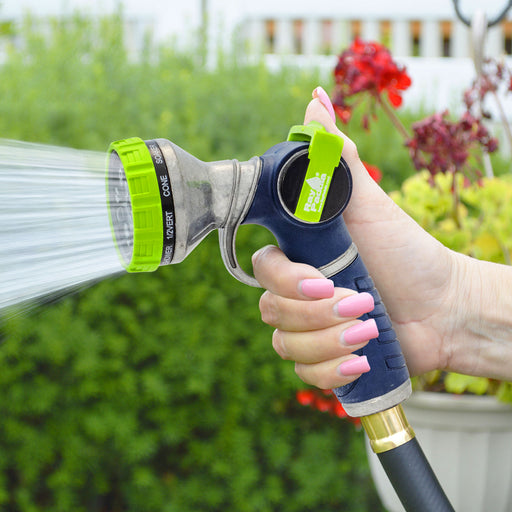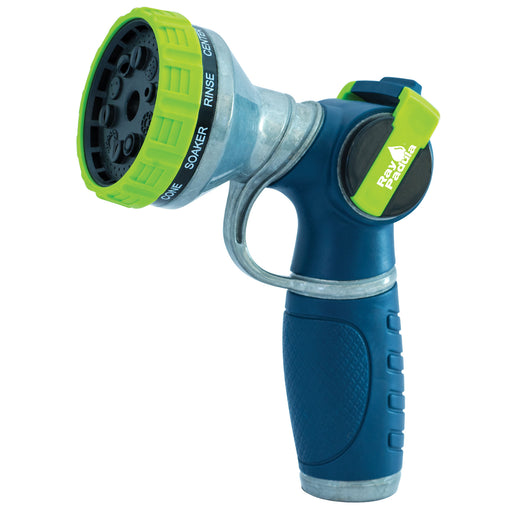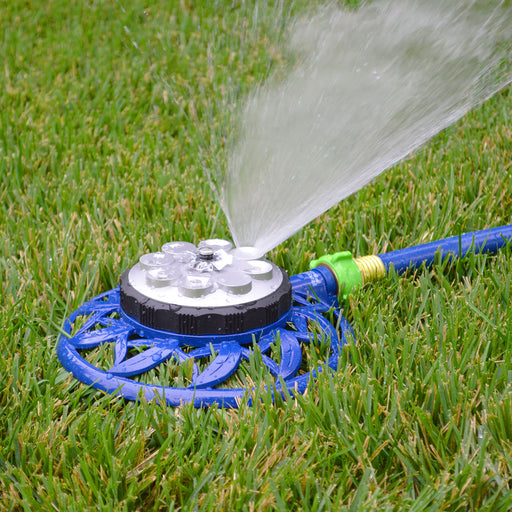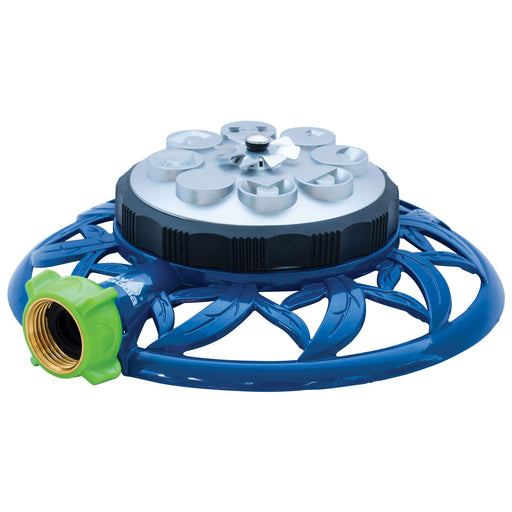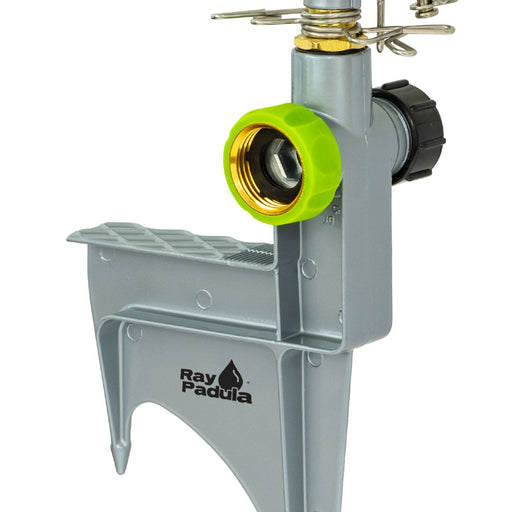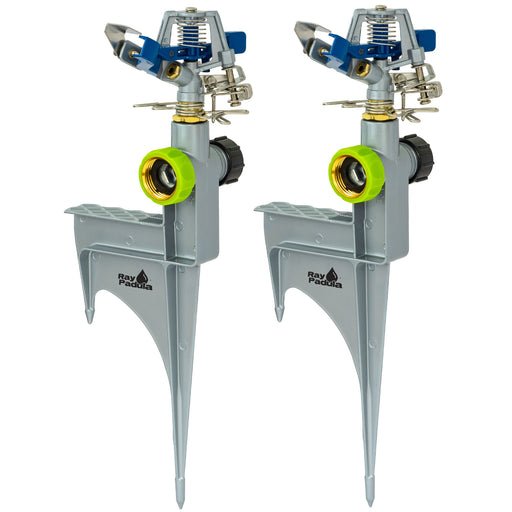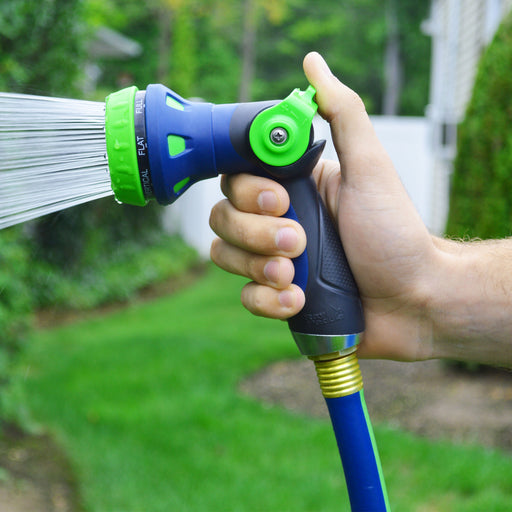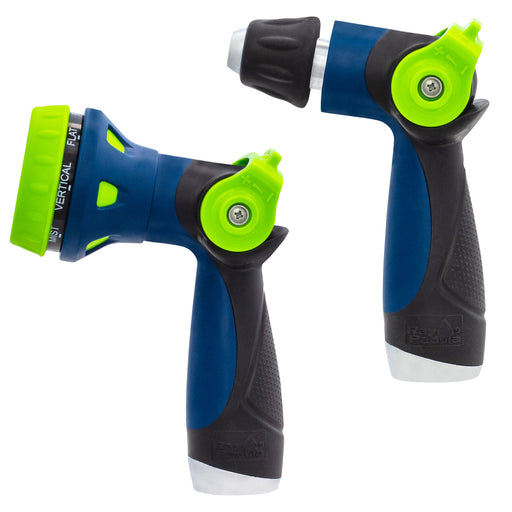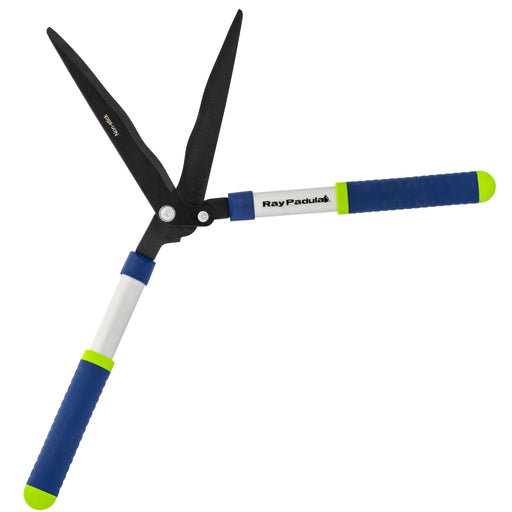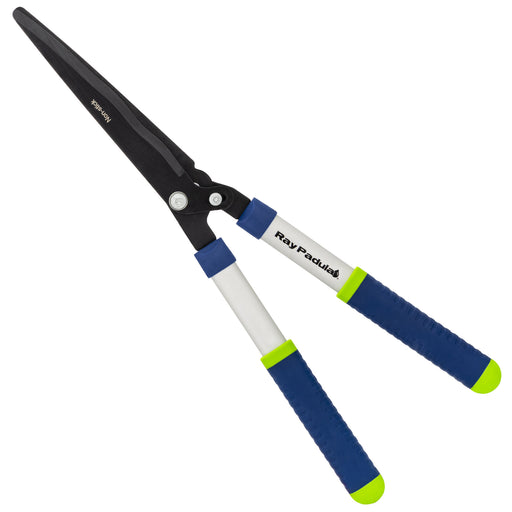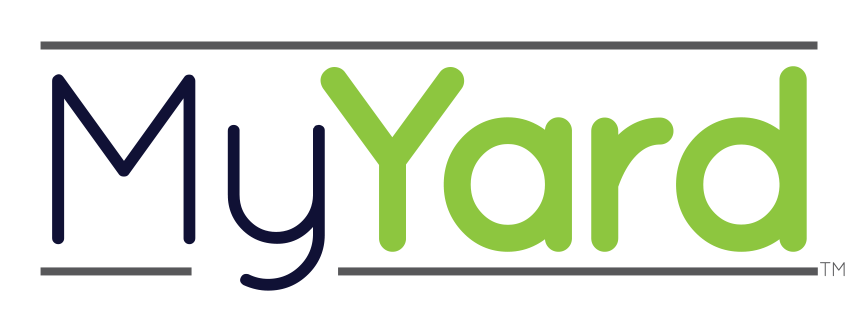
Pollinators are the not-so-secret key to a flourishing garden full of bright blooms, fruits, and vegetables. These small but essential creatures play a huge role not only in keeping our gardens beautiful and in flower, but also in pollinating many of the foods we eat. Bees, butterflies and moths, hummingbirds, beetles, and even bats are all different types of pollinators that might visit your garden. Whether you have a fully planted backyard, or a collection of containers on your stoop, there are several simple ways to attract pollinators to your garden.
Grow Nectar-rich Flowers
Planting pollen and nectar-rich flowers is the single most important step to attracting pollinators to your yard. These little critters love bright, heady-scented flowers, so be sure to include them in your garden plans.
Lavender, catmint, foxgloves, honeysuckle, bee balm, and petunias are a few options to get you started. Local wildflowers and heirloom herbs are always a great choice for supporting native insect populations, so check out your local farmer's market, or garden center.
These stunning blossoms also add to the overall beauty of your garden. Offer your pollinators plenty of variety each season. Different colors, shapes, and sizes will attract a range of bees, butterflies, and beetles.
Don't forget about caterpillars! If you want to encourage butterflies in your garden, grow plants for caterpillars to much on. Depending on the species, dill, fennel, milkweed, and asters can all be fantastic choices. Your garden will be buzzing with bees and butterflies in no time.
Skip the Chemicals
You may have read how pesticides contribute to the decline of bee populations. Do your local pollinators a favor by taking the organic approach to your garden. Pesticides don't just wipe out harmful insects - they harm the beneficial ones, too. These chemicals can also cause negative health effects in you, your pets, and your children, so there's a lot to be said about the pros of growing organic. Many of the same pollinators you're trying to attract to your garden also feast on pests. Nurturing biodiversity in your garden means you can forget about using pesticides (or at least keep them to a minimum).

A Place to Rest
Trees give hummingbirds a place to rest their wings in-between feeding, while also offering a safe spot to build a nest. Their branches also make the perfect spot to hang a hummingbird feeder. Trees are also great for bats. Bats not only pollinate your garden, but also help keep other pest populations down.
If you have space, a small pile of logs provides a good spot for beneficial insects to lay eggs. You can also buy or craft your own bughouse. Of course, all pollinators need water. A birdbath, small pond, or even a puddle will do the trick.
Luring a range of pollinators to your garden is easy if you follow the tips outlined above. Before you know it, your garden will be buzzing with life and full of gorgeous, healthy plants, while you can be satisfied you're doing your part to support your local pollinator population.
Legal Disclosure:
This post is provided for informational, educational purposes only. This information is intended to provide general guidelines. Because tools, products, materials, techniques, and local codes are constantly changing, Ray Padula Holdings assumes no responsibility for the accuracy of the information contained herein and disclaims any liability for the omissions, errors, or outcomes of any projects or tasks completed. It is the responsibility of the reader to ensure compliance with all local laws, rules, codes, and regulations for any projects completed. If there are any questions or doubts regarding any elements of any information provided, consult a local, licensed professional.


